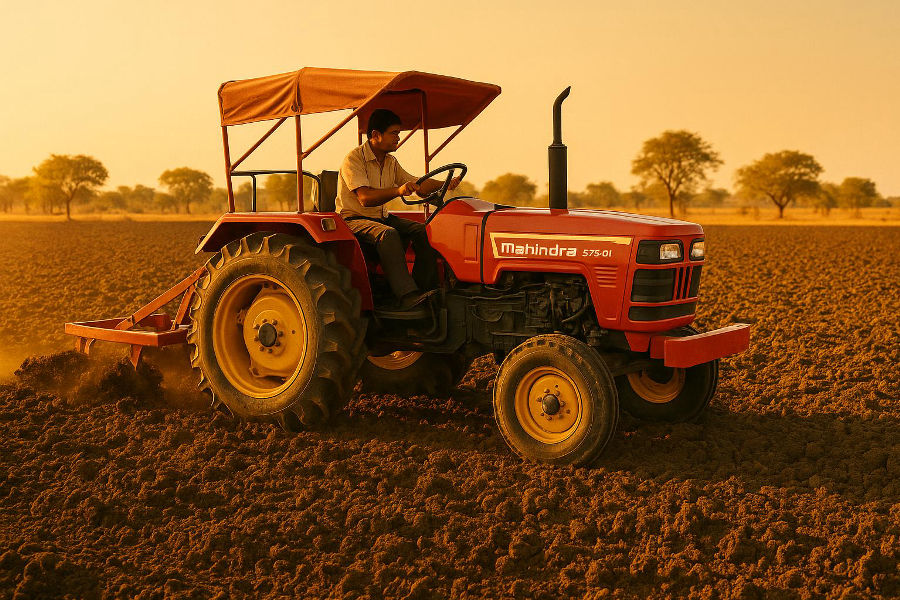Why Deep Ploughing in Summer Is Beneficial ?
Deep ploughing during summer is a traditional but highly effective practice that many experienced farmers follow to improve soil health and prepare land for the next season. Done at the right time and in the right way, it offers several practical benefits.
1. Helps Control Soil-Borne Pests and Diseases
Insects like white grubs, termites, and fungal spores hide in the soil. Deep ploughing exposes them to the sun’s heat, which naturally kills many of them. This reduces the chances of pest attacks in the following crop.
2. Reduces Weed Problems
It uproots stubborn weeds and buries weed seeds deeper, reducing their chances of growing again. It is especially useful against difficult weeds like nut grass and doob grass.
3. Soil Cleansing with Sunlight
When deeper layers of soil come in contact with strong sunlight, harmful microbes and nematodes are destroyed. This process is like natural soil cleansing before the rains.
4. Loosens Hard Soil and Improves Structure
Over time, soil becomes compact due to machinery or repeated shallow tillage. Deep ploughing breaks this hard layer, improves aeration, and allows roots to grow deeper.
5. Increases Rainwater Absorption
Loose, deep soil holds rainwater better. This helps in better moisture storage for crops during dry periods, especially in rainfed areas.
6. Promotes Microbial Activity
By mixing topsoil with subsoil, organic matter and microbes spread more evenly. Once it rains, microbial life becomes active and supports plant growth.
7. Prepares Land for Better Sowing
Deep ploughing makes the soil soft and workable. It helps in better seed placement and ensures uniform germination when the next crop is sown.
When and How to Do It
Use a mouldboard or disc plough during the peak summer months—April to June—when the soil is dry and open. Avoid doing it when the soil is too hard or wet. After the first rain, applying compost or bio-inputs helps restore soil biology.
